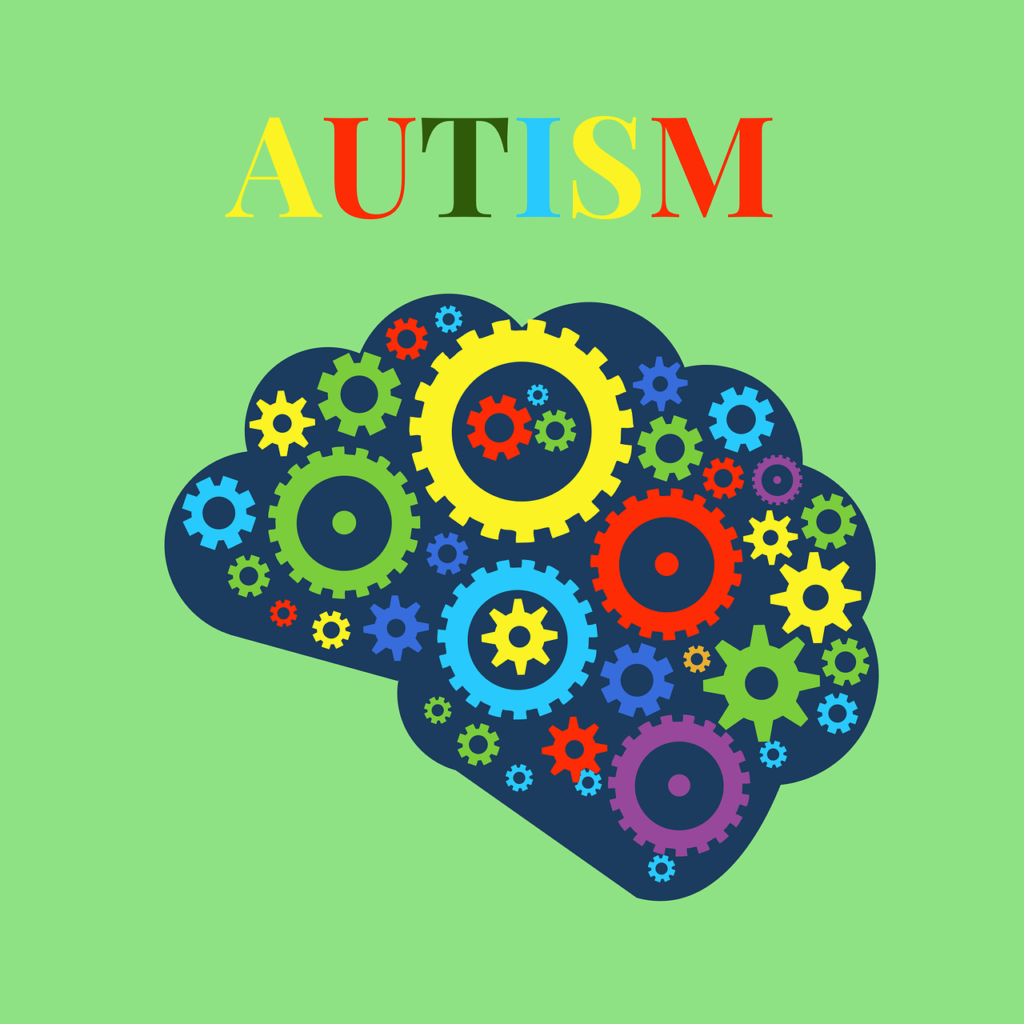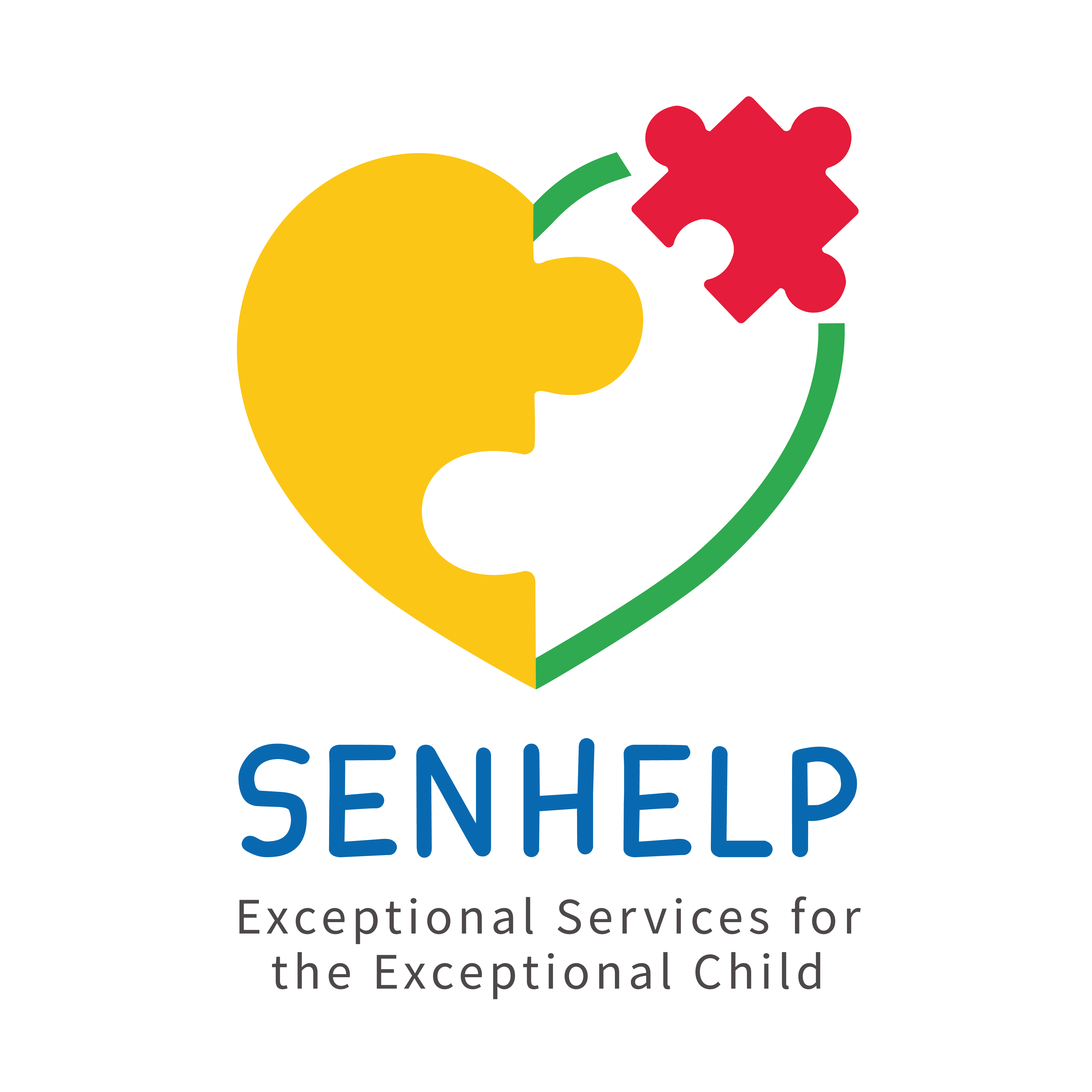About Autism
One of the hallmarks of autism is that characteristics vary significantly among
children and adults with autism. With that in mind, no two people diagnosed or who show traits of ASD are the same, so varied support to greater or lesser degrees across a wide range of contexts is necessary. Autism is found in all cultures, genders, and socio-economic groups.
Autism is a neurological condition typically diagnosed by the age of three. The traits of autism involve multiple major areas of development and impact the way a person:
The distinctive hallmarks are usually:
*Problems engaging in reciprocal social interaction and communication with others, largely due to difficulty deciphering moods, tone, facial expressions and understanding of social etiquette
*Need for sameness/repetition in schedule, diet, and environmental patterns
*Different response to sensory input (i.e., light /sound /touch) from the world
around them
*Often there is difficulty in forming personal relationships and showing
emotion for them
The Basics
Autism is a neurological condition typically diagnosed by the age of three. The traits of autism involve multiple major areas of development and impact the way a person:
Engages in reciprocal social interactions with others.
Communicates with others.
Expresses their need for sameness and repetition; and
Experiences and response to sensory input from the world around them
One of the hallmarks of autism is that the characteristics vary significantly among different children and adults. No two people are the same. In addition, different autistic individuals will need support to greater or lesser degrees across a wide range of contexts. Autism is found in all cultures, genders, and social economic groups.
Facts About ASD
Behaviors and needs will vary, but usually individuals on the ASD spectrum will have problems…
** Engaging in reciprocal social interactions with others
** Communicating
** Expressing their need for sameness and repetition
** Their response to sensory input from the world around them
One of the hallmarks of autism is that the characteristics can vary significantly. No two people on the spectrum are the same. In addition, different individuals with ASD will need support to greater or lesser degrees across a wide range of contexts. Autism is found in all cultures, genders, and socio-economic groups.

No one is sure of what causes autism yet. Researchers are working to understand the etiology of autism, but so far nothing has been consistent across all cases.
Human physiology is a long chain of intricate events, starting with genetic code and ending in the outward appearances and personalities we see every day. Along the way, molecules are combined and taken apart, cells are built, proteins synthesized, hormones regulated, neural function promoted, and on down the line. We know that genetics play a significant role, but no genes have been explicitly implicated. It is also known that exposure to certain environmental toxins such as thalidomide is associated with a later diagnosis of autism. We cannot rule out the possibility that other toxins may again cause similar symptoms.
With the documented benefits of early intervention for autistic children, the earlier the diagnosis can be made, the better.
As there is no genetic or medical test for autism, clinicians rely on behavioral observation, generally quantified through the use of a standardized diagnostic scale, to arrive at the diagnosis.
In general, diagnosis is a two-step process:
screening, and
a comprehensive diagnostic evaluation
Most “well child” check-ups include a developmental screening.
Parent observations, impressions and concerns are an essential part of the screening and may be supported by such “documentary” information as family videos and baby albums. Parents can track their child’s developmental milestones and learn more about possible concerns using the app and other resources in the Learn the Signs. Act Early. toolkit, developed by the CDC. Once concerns are voiced, the parents may be asked to complete any of a number of standardized screening instruments such as the Checklist for Autism in Toddlers (CHAT) or the Screening Tool for Autism in Two-Year-Olds (STAT). The results of these screening instruments will demonstrate to the clinician whether a comprehensive diagnostic evaluation should be indicated.
In order to rule in or rule out an autism diagnosis, a comprehensive diagnostic evaluation is required.
This evaluation is generally done by a team of trained professionals that may include a psychologist, a neurologist, a psychiatrist, a speech and language pathologist, or other relevant professional (e.g., occupational therapist). Given the complexity often associated with autism, special attention during the evaluation should be paid to neurological testing along with in-depth cognitive and language testing. Other tests may include a hearing evaluation and a lead screening. Lastly, assessments specifically designed to reliably identify presence of autism are used. Primary among these is the Autism Diagnostic Observation Schedule (ADOS), but the Autism Diagnostic Interview-Revised (ADI-R) and the Childhood Autism Rating Scale (CARS) are also commonly used.
After an autism diagnosis, families want to know how to best support their child.
Hearing the diagnosis of autism can be an overwhelming experience for families. However, the time of diagnosis is also the time to stay focused and ask questions. In addition to providing the diagnosis, members of the evaluation team are a family’s best, most immediate source for information, recommendations, direction and referrals. It is important that families not leave this meeting without the names and numbers of trained professionals, programs and related resources in their geographic area. Early diagnosis can lead to effective early intervention which can lead to significant gains for the newly diagnosed individual but only if the family now knows where, and to whom, to turn.
DON’T COUNT US OUT – DIFFERENT DOES NOT MEAN DISABLED
Without the contributions of so many great minds (some diagnosed – others before diagnosis offered), today’s world would be devoid of a multitude of beautiful art pieces, music, inventions, literature, and award-winning car designs. Elon Musk is an entrepreneur. He is worth over 15 billion dollars and recently hosted Saturday Night Live, where he was open about his ASD diagnosis. Listed below are just a few of the more noteworthy contributors. Our job is to help develop the hidden strengths and gifted aptitudes of our children with different abilities.
Dr. Temple Grandin – Author, Scientist and Professor of Animal Science
Henry Cavendish – Scientist (discovered hydrogen)
Charles Darwin – Naturalist, Geologist, and Biologist
Emily Dickinson – Poet
Bill Gates – Co-founder of the Microsoft Corporation
Barbara McClintock – Scientist and Cytogeneticist (Nobel prize winner)
Michelangelo – Sculptor, Painter, Architect, Poet
Sir Isaac Newton – Mathematician, Astronomer, & Physicist
Jerry Seinfeld – Comedian
Satoshi Tajiri – Creator of Pokémon
Dan Aykroyd – Actor and Film Writer
Dr. Vernon Smith – Professor (invented the field of experimental economics –
Nobel prize winner)
Anthony Hopkins – Actor Emily Dickinson – Poet Leonardo da Vinci – Artist
Vincent van Gogh – Artist
Steven Spielberg – Director
Alfred Hitchcock – Director
Thomas Edison – Inventor
Alexander Graham Bell – Inventor
Benjamin Franklin – Inventor
Henry Ford – Inventor
Ludwig van Beethoven – Musician
Wolfgang Amadeus Mozart – Musician
James Taylor – Singer-Songwriter & Guitarist
John Denver – Singer-Songwriter & Record Producer
Charles Darwin – Naturalist & Geologist
Carl Jung – Psychiatrist & Psychotherapist
George Orwell – Writer
Bob Dylan – Musician
Nikola Tesla – Inventor
